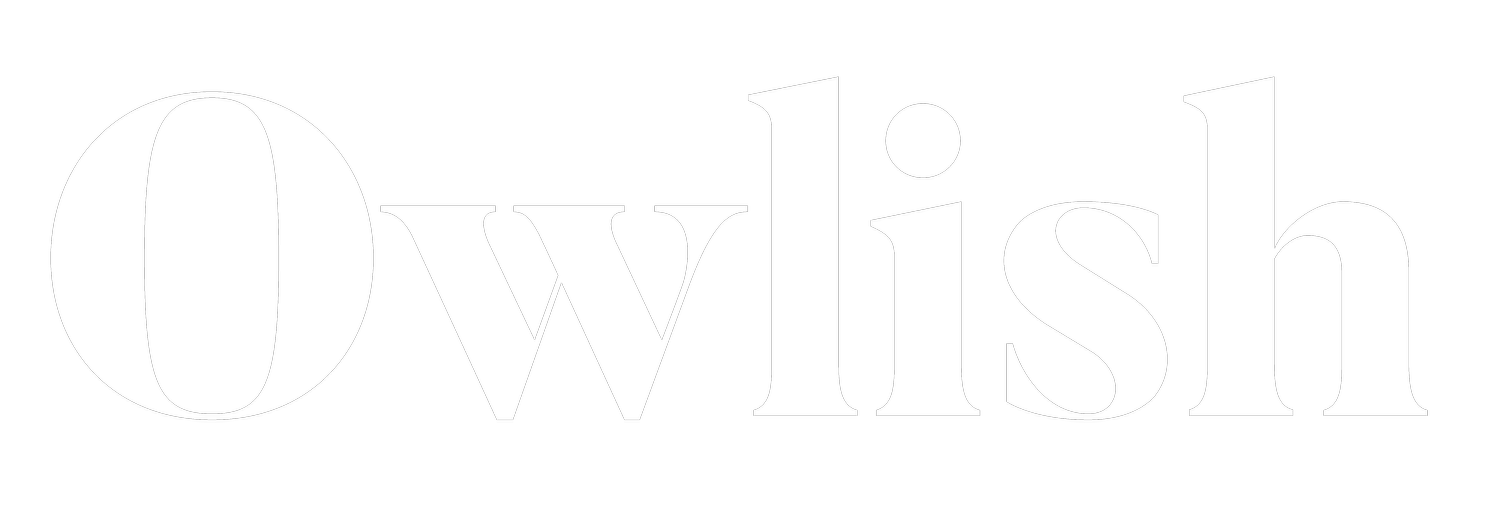Digital advertising isn’t good at building brands, but that’s OK
As it happens, I have an upcoming series of serious articles where I will be discussing some of the most misunderstood concepts in marketing — e.g. effectiveness, strategy, brand — but I thought I’d brainfart a couple of things on digital’s brand-building potential or lack thereof, as it’s apparently a hotly debated topic (for some reason).
As we have known since the days of Achenbaum, everything, literally every touchpoint, can build or commoditize a brand and create or destroy brand equity. Digital is by no means an exception to this. A shit website can commoditize a brand, a remarkable app can build it. The list goes on.
Where we find somewhat of a split, in-between what one might call digital and traditional, is advertising (note: though I will use them here, the prefixes are today nonsensical given that everything this side of airplane banners is digital).
Now, of course digital advertising can be brand-building, in the sense that it can create brand equity. It’s a touchpoint. However, in the context of advertising, brand-building is also often related to effective ads, which isn’t synonymous with efficient ads.
Effectiveness refers to scale of effect, typically large business effects. It does not relate to the level of investment made to drive it. Efficiency, on the other hand, is a measure of what is achieved per unit of investment made. RO(M)I is an efficiency metric.
Most of that which is related to brand equity — margins, profitability, increased base-line sales, price sensitivity etc. — comes from, in the current context, effective advertising. While digital media are efficient, they haven’t (yet) proven to be very effective.
The exception for digital is activation effects which, although a measure of effectiveness, are short-term and not brand-building. Digital video can be effective and brand-building, though as to what extent seemingly varies depending on who you ask and what data sets they have access to.
There are various more or less plausible reasons why, from the very real but difficult to measure impact of costly signaling to the quite luddite notion that all digital is a waste of time and all digital marketers untrained gibbons.
However, and this is important to note, this all does NOT mean that digital isn’t worth time or investment. Rather, the point is this: do your fucking strategy. Set your objectives. Select tactics accordingly. Within comms — and yes, there is more to tactics than comms — use those that best help you reach your objectives given factors such as cash flow and budget, and according to the aforementioned fucking strategy.
More often than not, this will mean using both “traditional” and “digital” channels. There are synergy effects from using multiple channels, but more than that, the fact that different channels are good at different things means you can pick and choose the best mix for the task.
That’s, contrary to popular belief, not a negative. There’s no rule that says you have to put all your money into one channel. In fact, and here’s a secret, very few successful brands do, not even those well-publicized ones that have CMOs who claim that “they are pivoting to this” or “going all-in on that”.
Use what you have that is best for whatever you are trying to do. Digital advertising may not be great at building brands the way it is presently used, so play it to its strengths. Do TV, magazines and then SEO + search advertising, or whatever combination and order best suits you. And reap the rewards.
There isn’t a “best media channel”. It depends. Don’t select a hammer and look for a nail. If you only use one tool, you’ll just look like one yourself.
